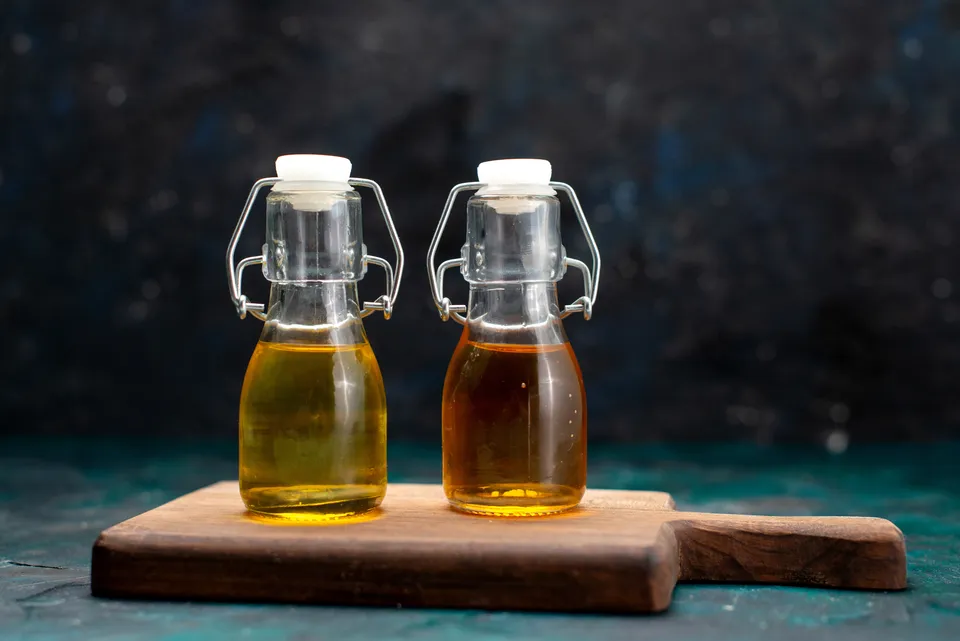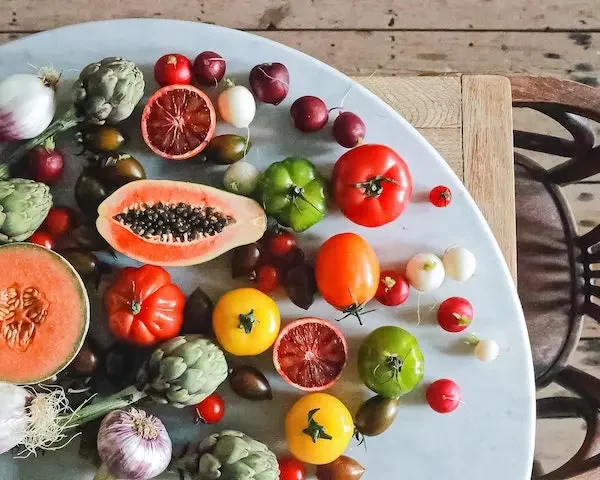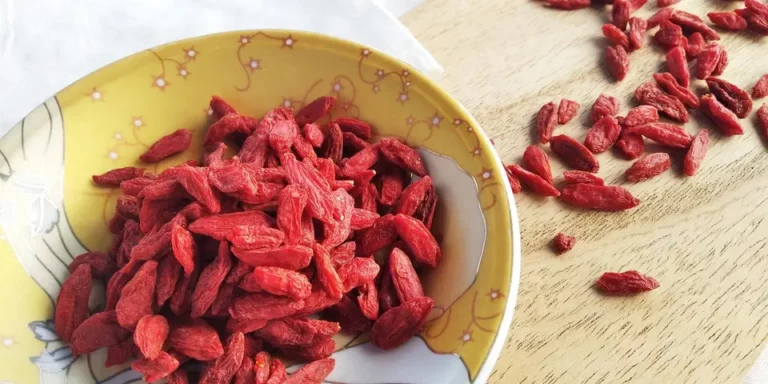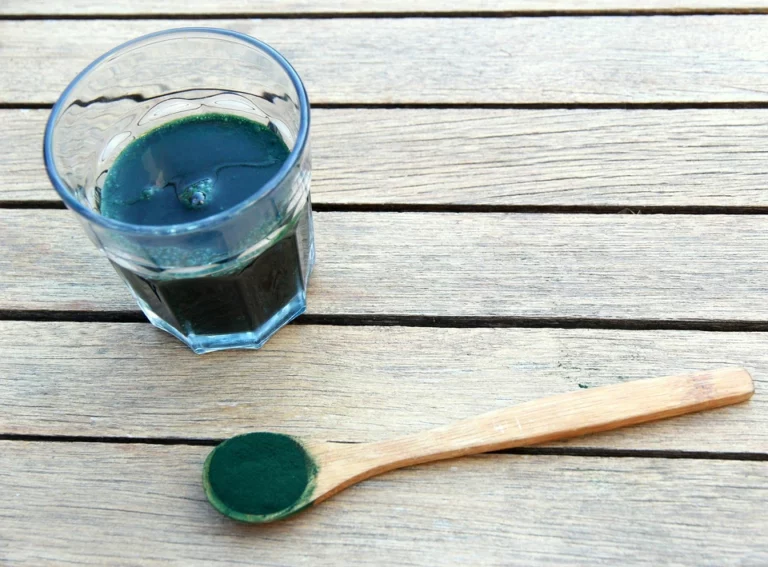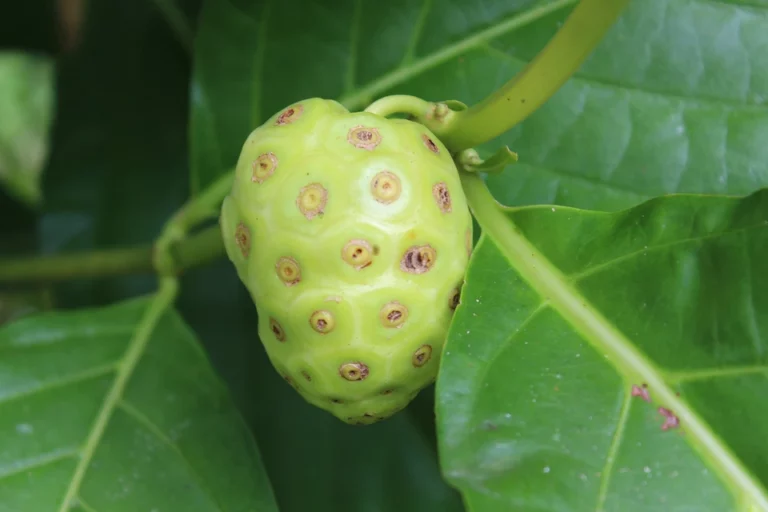The Shocking Truth About Fraudulent Foods You Could Be Eating
Featured Image: Image by KamranAydinov on Freepik
Have you ever wondered if what’s on your plate is genuinely what it’s supposed to be? Food fraud might be the hidden culprit, flying under the radar of your daily meals. Let’s clear the fog on this deceptive practice. It’s when food products are intentionally adulterated, mislabeled, or misrepresented for economic gain. The olive oil dressed on your salad, the honey sweetening your tea, or even the fish that’s part of your dinner – they could all be concealing a truth less palatable.
In this post, I’m going to arm you with knowledge about the most common fraudulent foods and shed light on why you should care. It’s not just about being duped out of your hard-earned money. The stakes are higher – including potential health risks and the undermining of ethical farming practices.
You’re going to find out about olive oil that’s been cut with cheaper oils, honey that’s often bulked up with syrup, and even fish mislabeled to mask lower-quality species. It’s a concerning list that extends to fruit juices, milk, maple syrup, vanilla extract, grape wine, and various spices. Each of these foods has its own tale of deceit that isn’t just souring individual experiences but also impacting global food culture and economics.
This isn’t just about identifying the bad apples; it’s also about fostering a deeper appreciation for the authentic and the genuine. And by the time you’ve read through what’s to come, you’ll be better equipped to make informed decisions that support real flavors and honest suppliers. So, buckle up as we delve into the slippery slope of one of the most adulterated products out there—olive oil—and learn how to navigate the murky waters of authenticity.
The Slippery Slope of Olive Oil: Navigating Authenticity
You might want to sit down for this one. Olive oil, the staple of Mediterranean cuisine and the heart-healthy favorite, isn’t always what it seems. Adulteration is quite common, turning your ‘extra virgin’ dreams into refined nightmares. I’m talking about cheaper oils being blended in, misleading labeling, and even the use of chlorophyll for color.
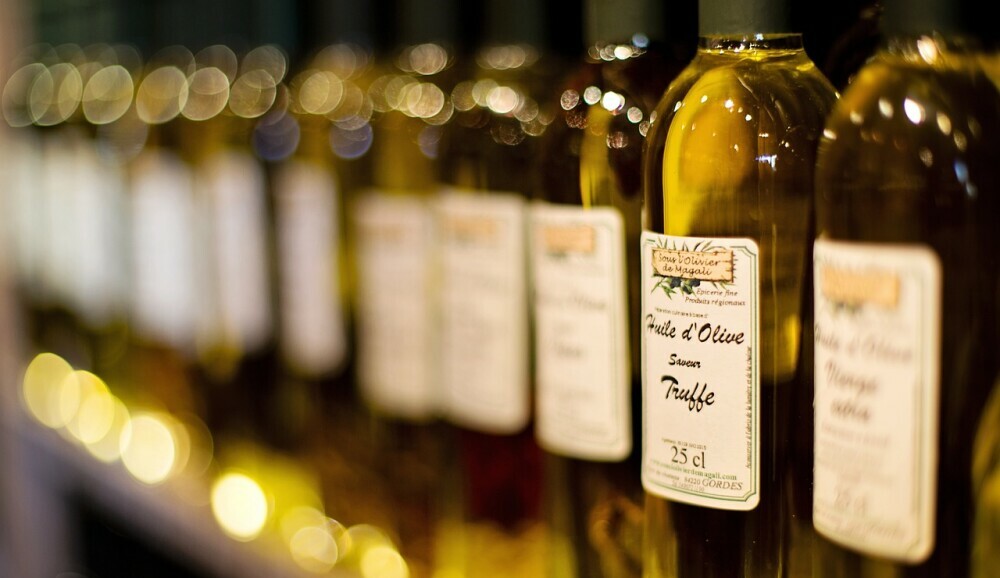
Now, why should you care? Well, consuming fake olive oil could mean you’re missing out on the health benefits you’re paying for. From antioxidants to anti-inflammatory properties, authentic olive oil is packed with good stuff that its counterfeit counterpart lacks. Moreover, there’s the economic sting – genuine producers suffer while fraudsters profit.
So, how can you tell the real deal from the frauds? It can be tricky, but there are clues. Look for quality seals from reputable organizations, check the harvest date, and get familiar with the taste profile of authentic olive oil. Don’t shy away from a little research; it could save your salad!
You see, it’s not just the consumers who take the hit. When we turn a blind eye to fraudulent olive oil, we’re impacting farmers and communities who depend on this liquid gold for their livelihood. It’s more than a choice of flavor or health; it’s about supporting a tradition and an economy that values authenticity.
Just how prevalent is olive oil fraud? Unfortunately, pinpointing a single, definitive answer is challenging. Estimates from industry experts and investigative reports range widely, with some suggesting as much as 75-80% of olive oil sold in the US may not meet “extra virgin” standards, while others highlight the seizure of counterfeit products worth billions in Europe. While the exact size of the fraudulent market remains unclear, these varying estimates paint a concerning picture of the issue.
As we slip into our next section on honey, keep in mind that this sweetener often faces a similar sticky situation. Honey fraud is just as rampant and deceitful. So stick around, and I’ll guide you through the ways to ensure the honey in your tea is as genuine as the olive oil in your dressing.
The Bitter Truth Behind Sweet Honey
You’re going to find out about the widespread issue of honey fraud and how impactful it has become. Honey, that golden delight often synonymous with purity, isn’t immune to the tricks of food fraudsters. Labeled as ‘liquid gold’ by some, honey is unfortunately one of the top food items subjected to deceitful practices.
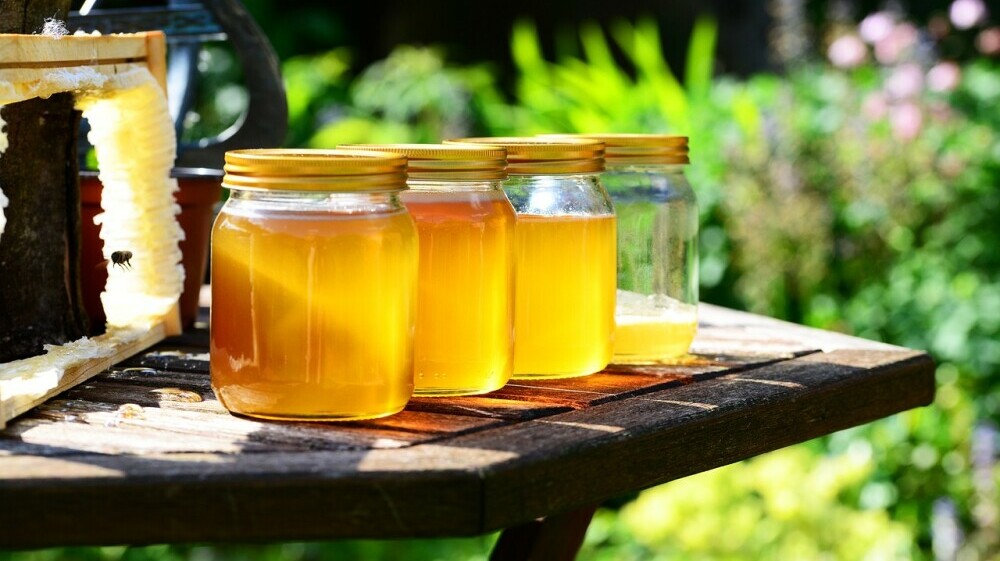
Adulterated honey — honey that has been diluted with sugar syrups like high-fructose corn syrup or other sweeteners — is a common problem. I’m here to help you understand that consuming this tampered honey can lead to unexpected health consequences due to hidden sugars and potential contaminants.
Those sweet jars you see on shelves might not be all they claim to be. Fraudulent honey is often indistinguishable to the average consumer, and figuring out what’s genuine requires a bit of knowledge. I’m going to walk you through methods fraudsters use, such as adding glucose solutions or filtering out pollen, which makes the honey’s origin impossible to trace.
But don’t worry too much about this sticky situation. There are real honey out there, and later on, I’ll give you some advice on selecting authentic honey products — from trusty labels to lab tests. Meanwhile, it’s important to know that supporting small-scale beekeepers and transparent brands goes a long way in keeping the honey market honest.
Just like olive oil, it’s tough to pinpoint the exact size of the fraudulent honey market. However, a recent European Commission investigation found nearly half of tested honey samples were adulterated. This, along with concerns from food fraud organizations, highlights the need for consumer awareness.
Now, the conversation naturally flows into the waters of our next underestimated food item — fish. Not only is the fish market notorious for mislabeling but it also highlights significant issues in sustainability and ethical consumption, which we’ll delve into next.
Something’s Fishy: The Seafood Scam
You’re going to find out about the seafood scam that’s more common than you might think. In fact, mislabeling and species substitution are pervasive issues in the fish industry. Why should you care? Well, swapping one type of fish for another can lead to serious health risks, especially if you have allergies or are trying to avoid certain toxins found in particular fish species.
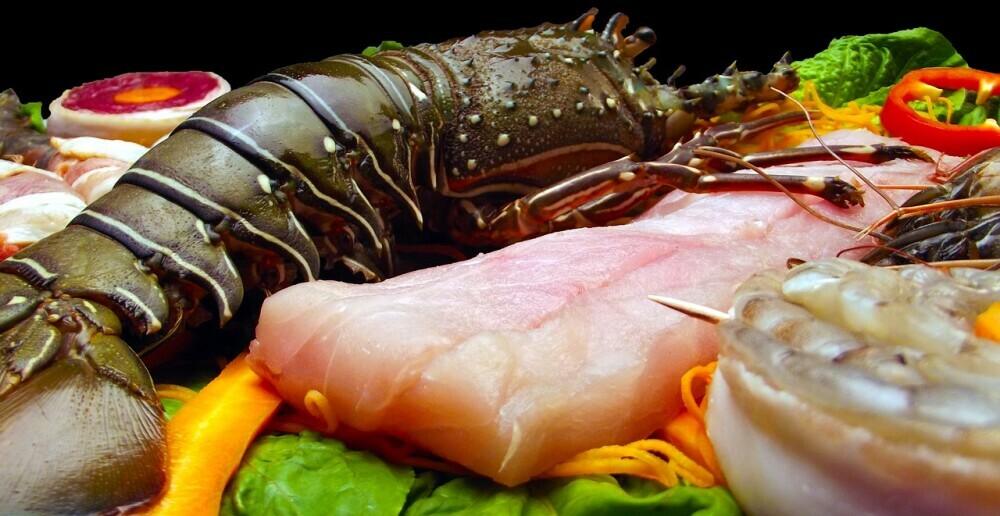
If you want to make sustainable and ethical seafood choices, knowing the true identity of your fish is crucial. Mislabeling can support illegal fishing practices and undermine conservation efforts. I’m here to help you spot the real from the fake, so you can trust what’s on your dinner plate.
Choosing something that resonates with you, like opting for traceable seafood sources or buying from reputable vendors, can make a world of difference. Don’t worry too much about becoming a fish expert overnight. You can look for certifications and ask the right questions to ensure you’re buying authentic seafood.
So there’s a lot of opportunity in understanding the seafood supply chain. Whether you’re a casual consumer or a passionate environmental advocate, it’s about making informed decisions that support your health and the health of our oceans.
Unfortunately, quantifying the exact size of the fraudulent seafood market is complex. However, estimates vary widely, with reports suggesting 20-60% of seafood may be mislabeled. This highlights the concerning reality that what you think you’re buying might not be what you’re getting. The global nature of the seafood industry and limitations in testing methods make pinpointing a single figure challenging.
Now, as we move from the fluid world of fish fraud to the seemingly innocent domain of fruit juices, it’s crucial to retain this thought: what seems natural may not always be so. Fruit juice fakery is another area where transparency is cloudy, and we’re about to squeeze out the truth.
Fruit Juice Fakery: A Cocktail of Deception
You might think a glass of fruit juice is the healthiest way to start your day or quench your thirst, but you could be wrong. It’s a harsh reality that some of your favorite fruit juice brands might not be as ‘fruitful’ as you’re led to believe. Many have been found to contain a cocktail of cheaper fruit concentrates, added sugars, or even artificially created flavors, all masquerading under the label of pure fruit juice.

Nutritionally, these counterfeit juices can be a bad deal. They often sport high sugar content without the vitamins and minerals a pure juice would provide. Don’t forget about potential allergens or chemical additives that could be lurking in that bottle. This is not just a matter of misleading the public; it’s also a health concern.
If you want to ensure you’re picking up a carton of the real deal, start by scrutinizing labels. Look for phrases like ‘100% juice’ and steer clear of terms like ‘juice drink’ or ‘juice cocktail’. Transparency in labeling is key, and juices that list their entire ingredient panel and tout no added sugars are the ones you can give the green light.
And it’s not just consumers who suffer. The squeeze put on authentic fruit juice producers by deceptive practices can be devastating, as it undercuts the genuine article and drives down overall market prices. This can lead to a detrimental cycle affecting farmers, producers, and overall product quality.
The prevalence of fraudulent practices in the fruit juice industry is concerning, with estimates suggesting up to 30% of juices worldwide might be adulterated. This issue can manifest in various ways, from misleading labeling regarding sugar content to the addition of cheaper concentrates or artificial flavors.
So when you reach for that seemingly innocuous juice box, remember that the choices you make at the supermarket have wider implications. It takes a discerning eye to spot the genuine from the fake, but making that effort is vital for your health—and the health of an industry.
Milky Misrepresentations: The Reality of Dairy Deception
You might regard milk as a straightforward and wholesome choice. But guess what? Even this ubiquitous dairy staple isn’t immune to the shenanigans of food fraud. It’s more than a little disturbing to think about non-dairy elements sneaking into something as pure as milk.

So, what’s exactly going on behind the scenes? Adulteration of milk can occur through the addition of water to increase volume or the inclusion of other substances, like starch, to mimic its creamy texture. But it doesn’t stop there; more hazardous are chemical adulterants, such as melamine, introduced to artificially inflate protein content measurements.
Health risks of milk adulteration are no joke – they can range from mild digestive issues to severe kidney problems, particularly in children who consume large quantities of milk. You’re also looking at a dilution of essential nutrients, which defies the very reason many choose to drink milk in the first place.
The impact on the dairy industry and traditional farmers is profound. These deceitful practices can tarnish the reputation of local dairy products, affecting livelihoods and consumer trust. When local farmers compete against fraudulently labeled ‘pure’ milk, the playing field is anything but level.
Quantifying the exact size of the fraudulent milk market is complex due to various factors like diverse adulteration methods, limitations in detection, and differing reporting systems across countries. While estimates suggest global milk fraud costs the dairy industry billions annually, and studies reveal adulteration rates varying significantly by region, ranging from 3% to mare than 60%, pinpointing a single, definitive figure remains challenging.
So how can you safeguard against milk that’s not what it claims to be? Start by choosing reputable brands that offer transparency about their sourcing and processing. Supporting local dairy farms, where you can trace the milk’s origin, is a great strategy. Bear in mind, certification labels like organic or non-GMO can also be indicators of quality, though they’re not foolproof.
In my opinion, staying vigiliant, asking questions, and understanding where your milk comes from can help. It’s a leap toward maintaining integrity in the dairy industry and ensuring the milk mustache you sport is as wholesome as it should be.
Maple Syrup Masquerade: Sticky Secrets Revealed
If you think every bottle labeled ‘maple syrup’ contains the pure sap from maple trees, I’m here to tell you that sometimes, it’s not the case. The reality hits hard when we learn that our beloved pancake topper can be diluted with sugar water or even have no real maple at all!
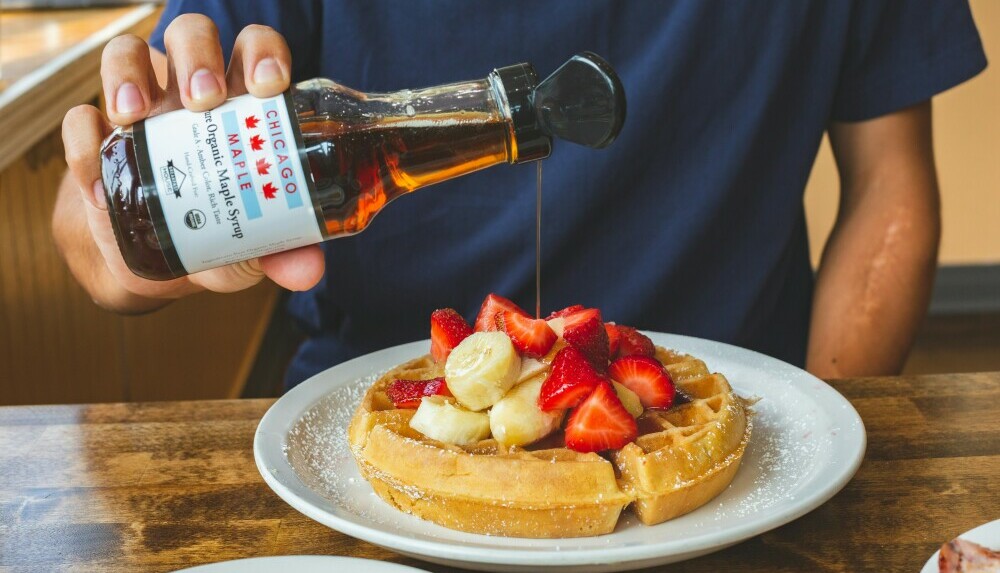
Genuine maple syrup is not just a condiment; it’s a part of cultural heritage for places like Vermont and Quebec. It takes a lot of time and effort to tap those trees and boil down the sap, which is why real maple syrup often comes with a higher price tag.
Now, how can you ensure the maple syrup you drizzle on your breakfast is the real deal? Look for grades on the label and check for certifications like ‘USDA Organic’. These guarantee a level of purity. Additionally, grab a bottle from the back of the shelf; these are less likely to have been tampered with.
The craft of producing maple syrup is an honest livelihood for many rural communities. When fake syrups flood the market, it’s not just about your taste buds—it’s about livelihoods and traditions.
While it’s difficult to pinpoint the exact size of the fraudulent market, there are serious concerns about fake maple syrup being sold. This adulteration can include dilution with sugar water or even the complete absence of real maple. So why not support these local economies next time you shop for maple syrup? It might mean spending a few extra dollars, but you’re investing in authenticity and real flavor.
Fake syrups highlight just one facet of fraudulent foods. Next, let’s flow right into the enticing world of flavors—vanilla extract. This little bottle holds big secrets you’ll want to know about, especially if you’re passionate about baking or gourmet cooking.
Vanilla Extract Illusions: Unveiling the Vanilla Veneer
Now what is a big publisher in the world of flavors? If you guessed vanilla, you’re spot on. Vanilla is one of the most loved and widely used flavors across the globe, but its popularity has given rise to a sweeping tide of fake products. The complexity of vanilla fraud is massive and detrimental, and it hinges on one key factor: the labor-intensive process needed to produce real vanilla extract.

Real vanilla comes from the cured seed pods of the vanilla orchid. It’s a long process, one that takes manual pollination, months of growth, and careful curing. Fake vanilla products, on the other hand, often rely on synthetic vanillin, which is cheaper and produced on an industrial scale. It mimics the primary flavor component of vanilla but lacks the depth and complexity of true vanilla extract.
For those of us looking to savor the real deal, here’s a nugget of wisdom: always check the label. Authentic vanilla extract should list ‘vanilla bean’ in its ingredients and should disclose the origin of the vanilla. It’s also typically more expensive due to its elaborate production process. The price point can give you a clue about its authenticity.
But there’s more at stake than just flavor. The impact of vanilla fraud is particularly harsh on farmers in regions like Madagascar, where vanilla cultivation is a critical part of the economy. When fraud devalues the product, it can devastate livelihoods and ecosystems reliant on ethical farming practices.
The vanilla extract market is a lucrative one, with a global value of $4.8 billion in 2022 and a projected growth of 5% annually until 2032. However, many products labeled as vanilla extract are actually made from synthetic vanillin or other artificial flavorings. According to a recent investigation by the French authorities, one in four vanilla products did not comply with the regulations, and some even used fake pods dipped in vanilla-flavored aroma.
Choose something that resonates with you: either vanillin for a cheaper, less complex flavor, or invest in real vanilla extract to experience the rich tapestry of flavors it has to offer. Beyond personal taste, your choice supports fair trade and sustainable agriculture, safeguarding the future of vanilla production for years to come.
Conclusion: Empowered Eating – Your Role in Combating Food Fraud
You’ve journeyed through the deceptive practices tainting foods like olive oil, honey, and even your favorite spices. It’s evident that food fraud isn’t just a minor oversight; it has vast implications for our health, economies, and trust in the food industry. But this isn’t just about identifying the bad actors in your pantry; it’s also about celebrating the authentic, the genuine, and the transparent.
Your choices at the grocery store send a powerful message. When you choose to purchase verified, authentic products, you’re not only securing peace of mind for yourself; you’re also supporting ethical practices and producers who are committed to quality.
Don’t worry too much about being perfect; start with awareness. The next time you shop, take a moment to look at labels, research brands, and perhaps even reach out to manufacturers with your questions. This proactive approach is a testament to your role in the bigger picture of food authenticity.
Let’s focus on fostering an informed community where food fraud becomes less pervasive. Share what you’ve learned with friends and family, and consider joining consumer advocacy groups. You can always adjust your approach down the road, but initiating the conversation is the key first step.
In my opinion, being equipped with knowledge is the best way to take a stand against the shady side of the food industry. As you continue to make informed choices, remember that your voice can lead to impactful changes. Together, we can shift towards a food system that values honesty, health, and heritage.
